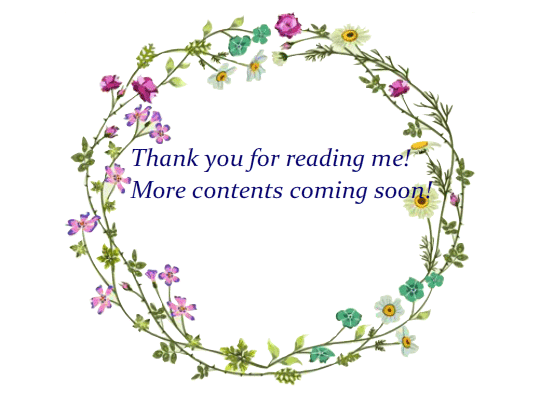Hello dear Hivers!
This is my first post here after a long absence...There are many beautiful buildings that were erected a couple of centuries ago in Vienna and Lower Austria . Today, I am sharing a few of these architectural gems. These are just a few of the pics I have taken whenever I took a stroll. If you are a keen lover of architecture, you will surely be inspired by them since they have evolved with many great histories.
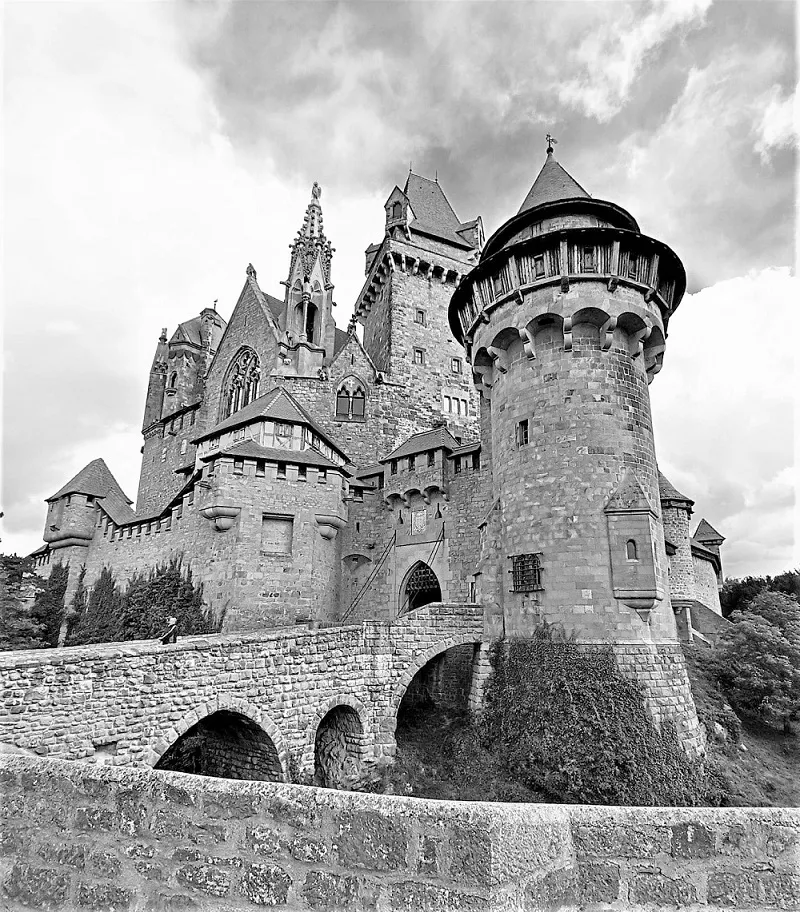
The first photo shows the Burg Kreuzenstein which is frequently visited by locals and tourists alike. Its location is not far from Vienna which can also be reached by public transport (train) in more or less than 15 minutes plus a bit of walking to reach its elevated location. I visited this castle many times bringing along families and friends visiting Vienna. One is not allowed to take photographs of the interior during the castle tour. According to the history of this castle which dates back in the medieval age around the 12th Century, the castle was originally built by the counts of Formbach of Bavaria which later came to the possession of the Habsburg in the 13th Century. Centuries passed, the burg fell into the hands of a Swedish Field Marshall during the 30 Years War and when he left in 1645, he blew parts of the castle leaving ruins thereafter.
In the 18th Century, the ruins came into the possession of Count Wilczek and his family. He was an affluent Silesian count who amassed his fortune from coal mining. Its architecture is a mix of various styles and when he reconstructed it, he solicited various materials, artifacts and the like from all over castles and places in Europe. The reconstruction took about 30 years and was inaugurated by Kaiser Wilhelm II in 1906.

An amazing church that was erected from a fund-raising campaign by the Archduke Ferdinand Maximilian for his brother Emperor Franz Joseph I, who survived the failed assassination by a Hungarian nationalist in 1853. The dome was constructed using various funds and church donations in a span of 20 years using a very hard sandstone from Wollersdorf, Austria. About 200 stone masons participated in its construction.
Source
The two towers have no roof visible from the outside, but form a somewhat transparent and wind-permeable framework of 8 struts along the edges of a slender 8-sided pyramid at the top, connected transversely by ornament only in the lower half of the height. The top tapers into a double cross at the top. Towards the top, the structure, made of stones, becomes more sensitive to disturbance by earthquakes, wind load or climbing. In order to strengthen the gravity-based structure, the top of the tower is pulled strongly downwards by 4 chains running just inside the stone struts. Iron levers more than 1 m long reinforce the weight of a sliding weight of about 50 kg to about 8 times this amount.
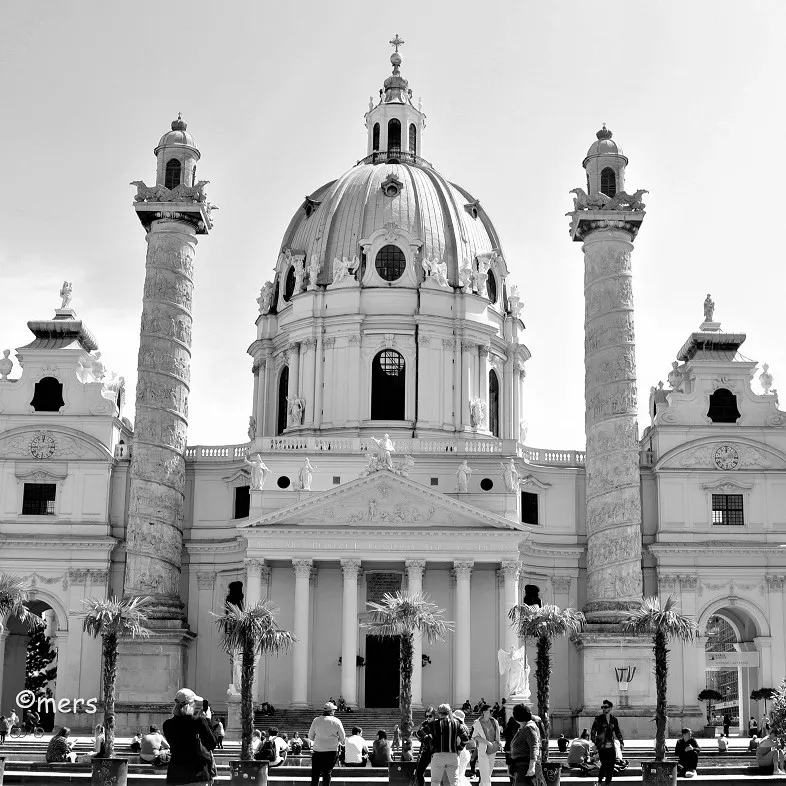
It´s a Viennese landmark and one of the most beautiful and important baroque sacred buildings in Europe. If you would like to read more and see the frescoes, I wrote a post of the Karlskirche here on Hive entitled The Baroque Architecture and the Amazing Dome Frescoes of Karlskirche in Vienna.
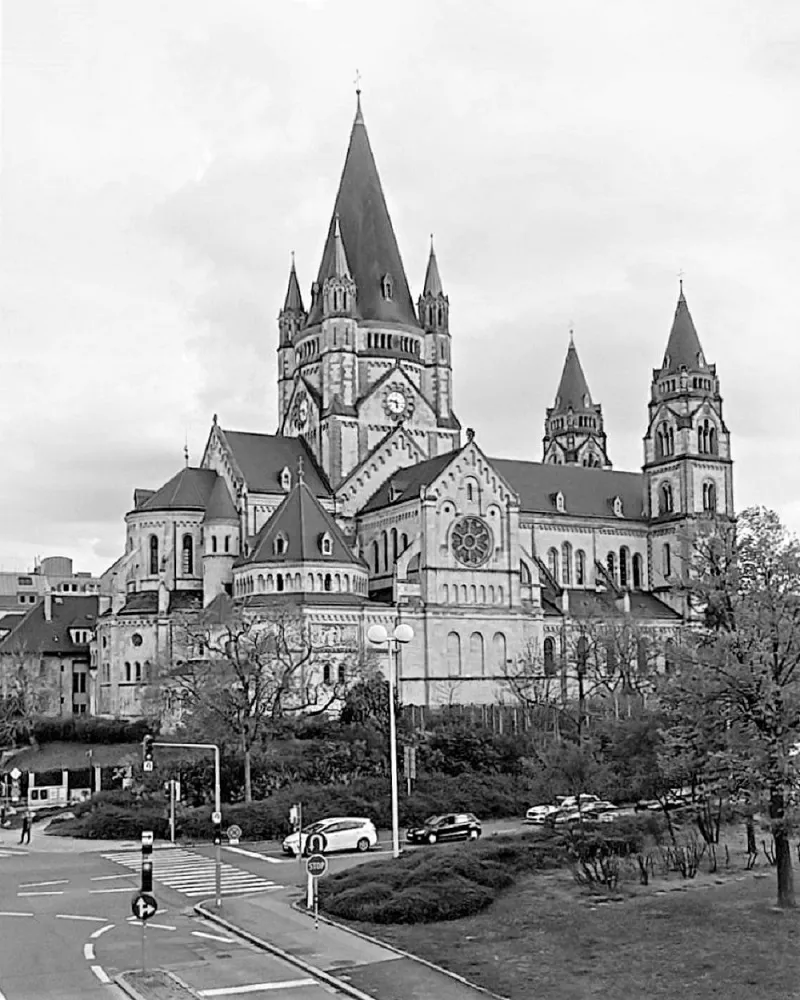
A Basilica type of a church located near the Danube which was constructed for the 50th Anniversary of Emperor Franz Joseph I of Austria. You can read more in my post here.
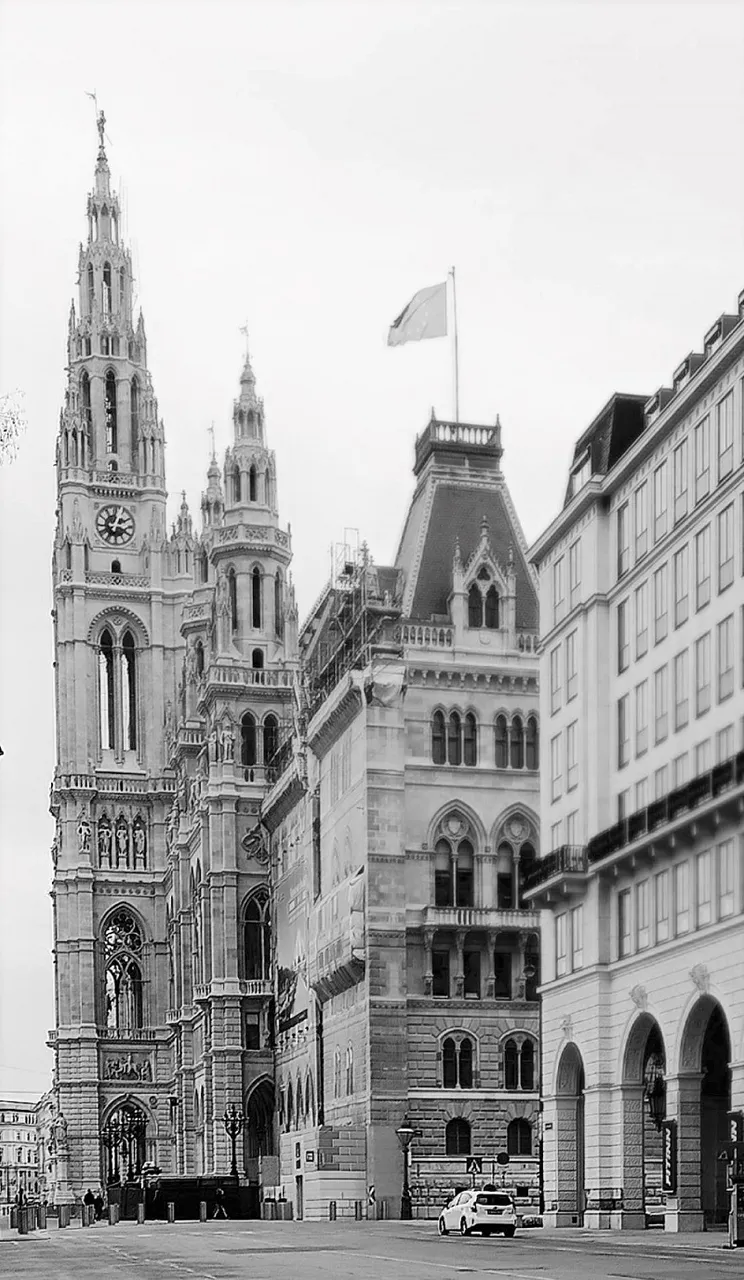
My stroll at the Votivkirche was great since it led me to a street where the new City Hall is located. The structure is so monumental and impressive with its neo-gothic style of architecture with a bit of Renaissance details. It has Risalit or a part that is projecting the height of the building with a large tower in the center and four smaller towers , open arcades and loggias located on the main floor. Many events in Vienna are held in its plaza from skating rink, open air concerts to Christkindl markets.
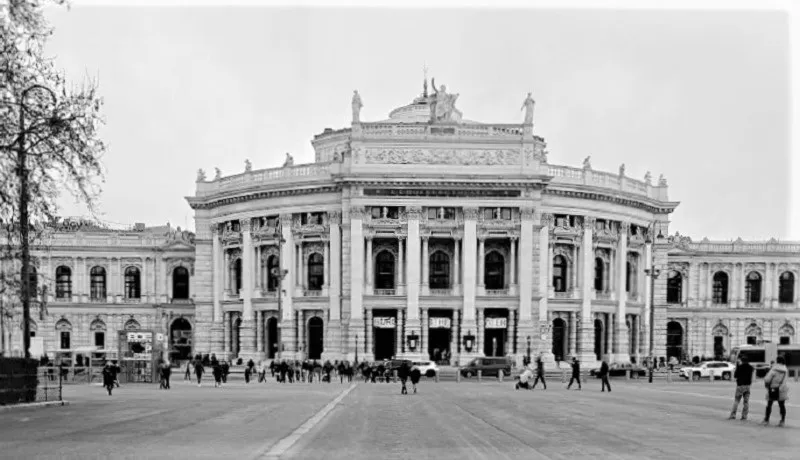
Inaugurated in Oct. 1888, this is Austrias federal theater said to be its National Theater... It is considered one of the most important theaters in Europe that holds the leading position of theaters catering to the German speaking communities in Europe. Its interior features lavish baroque furnishings including Gustav Klimt and his brother´s ceiling paintings that survived the bombing duting WW II.
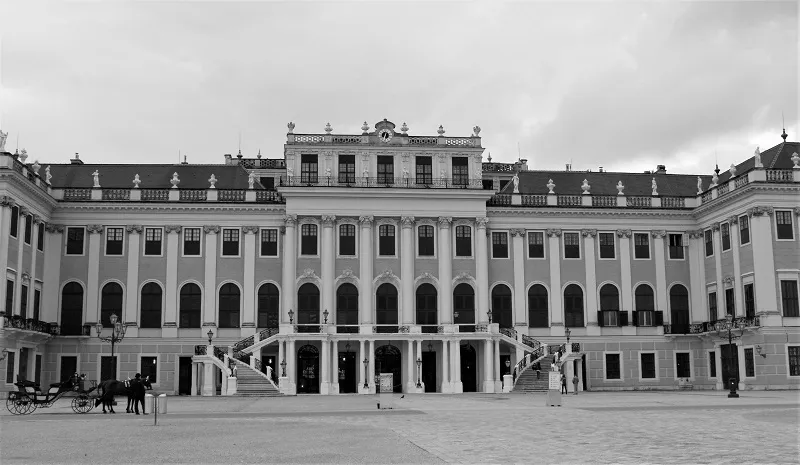
The Empress Maria Theresia converted this Palace into a cozy summer residence for her family in late 18th Century. It is the largest palace and one of the most important cultural assets in Austria visited by about a million visitors yearly. A UNESCO World Heritage Site, it has a huge park of 16 Hectares including a 16 hectar Zoological Garden Park called Tiergarten Schönbrunn.
According to its history, Napoleon Bonaparte married Marie Louise, daughter of the Emperor Franz II and lived here for a while. The marriage is said to be his territorial strategy to expand in Europe. They had a son named Napoleon II.
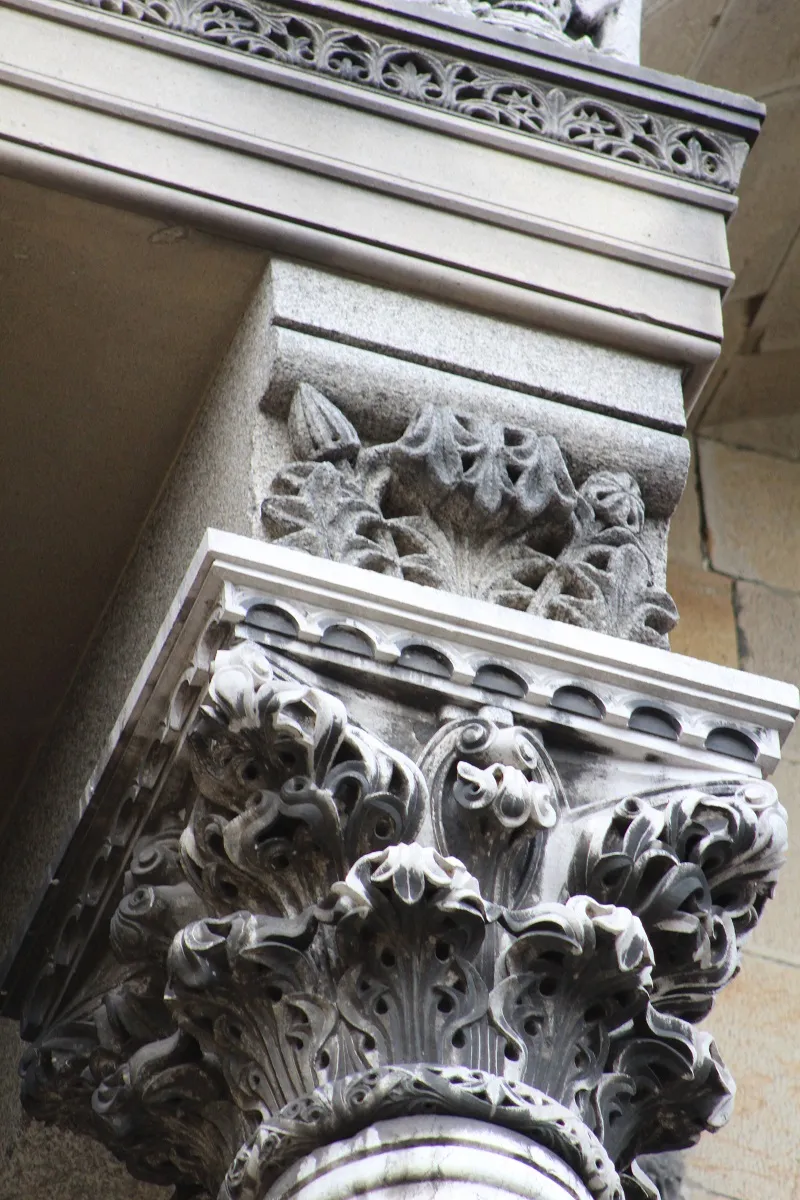
Columns are either cylindrical or polygonal and were used in the Baroque Architecture mostly for functional and decorative purposes which are mostly found in churches, mansions and public buildings. The origin dates back to the Roman and Greek era BC and AD. They were so popular during the 17th Century and mid 18th century.
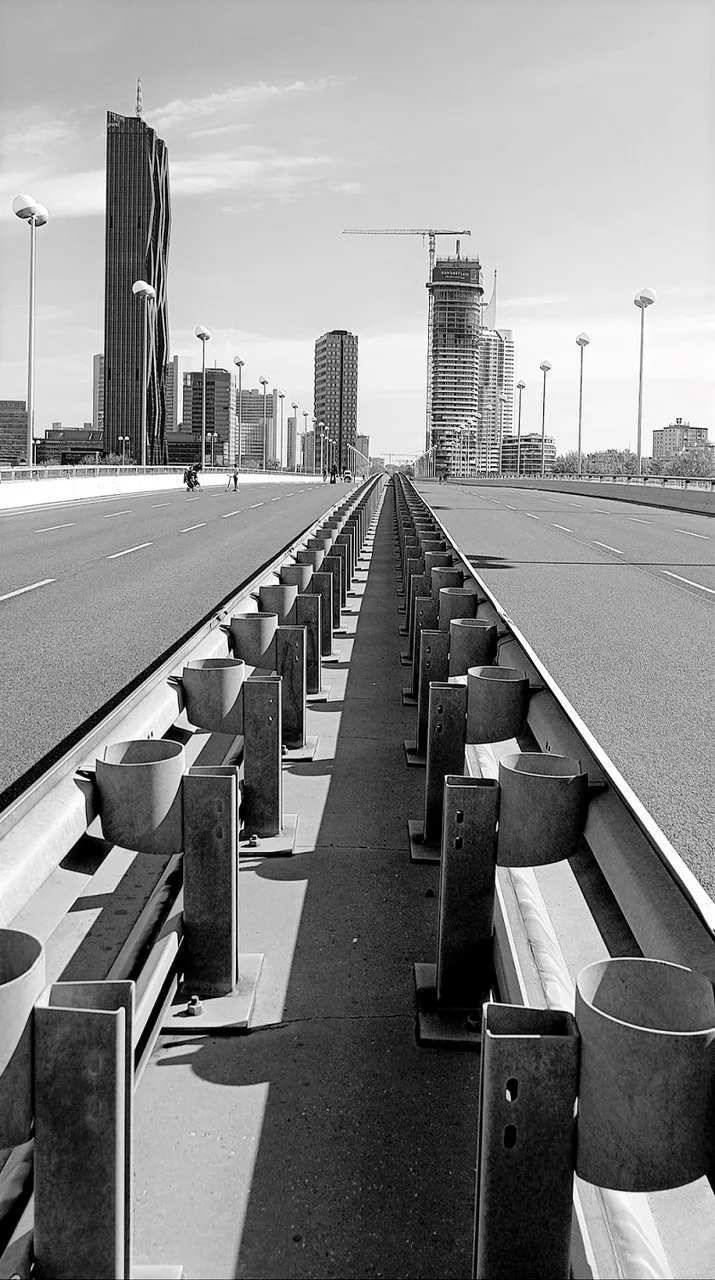
Vienna also has many modern buildings, but the styles of newer architecture must adhere to the strict rules of urban planning as well as the restrictive policies of the government and must not interfere with the historical heritage of the city. Vienna can never be a "skyscraper city" because of its cultural heritage, according to DI Rudolf Schicker, City Councilor for urban development, traffic and transportation. Most skyscrapers are located in the outskirt districts of the city and are well planned, studied and discussed before they are built. All political parties are involved in this project and investors must also be taken into account, as they create jobs for the population.
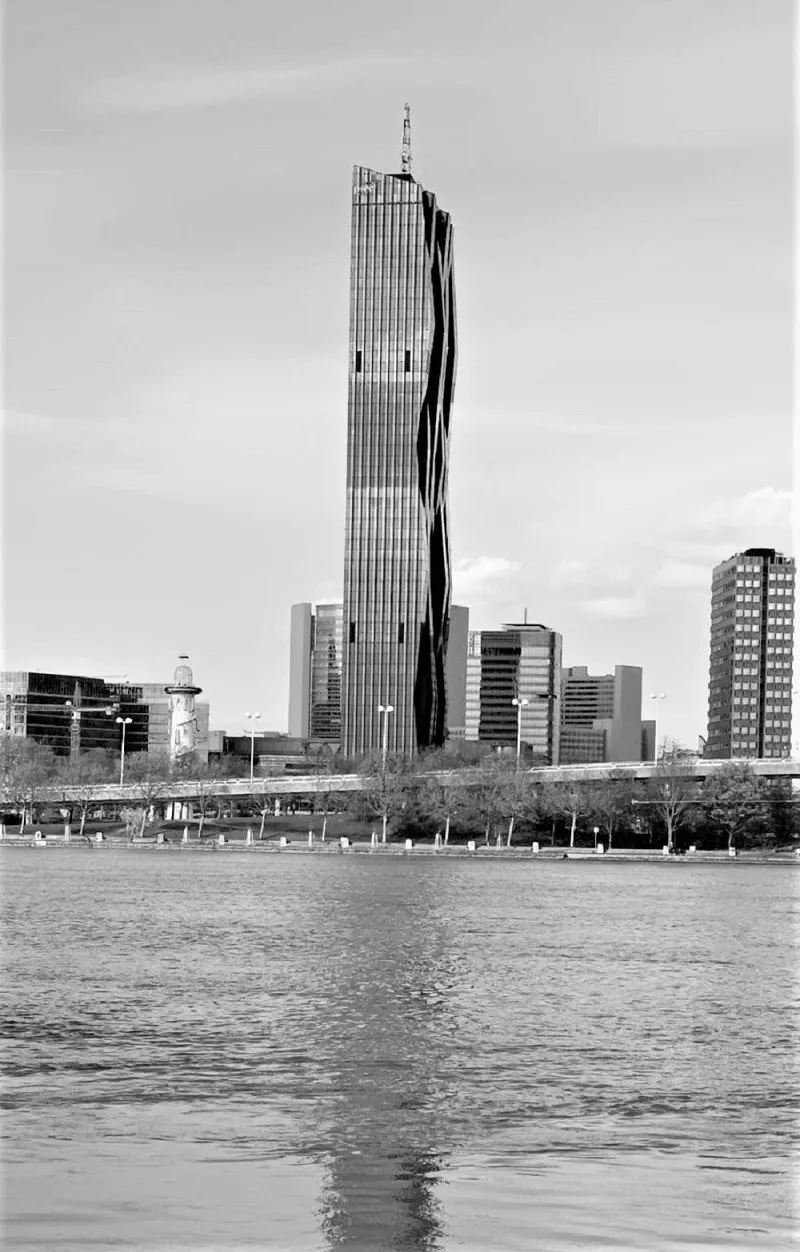
The tallest building in Vienna and as a green building, their concept says it has energy-saving lightings, room cooling, heating technology and the best fire protection system and good indoor climate for one´s health. Source
That´s just about it...I hope this post gave you ideas on the architectural styles of the city in black and white. Thanks for reading and happy weekend everyone!
xoxo,
Mers
